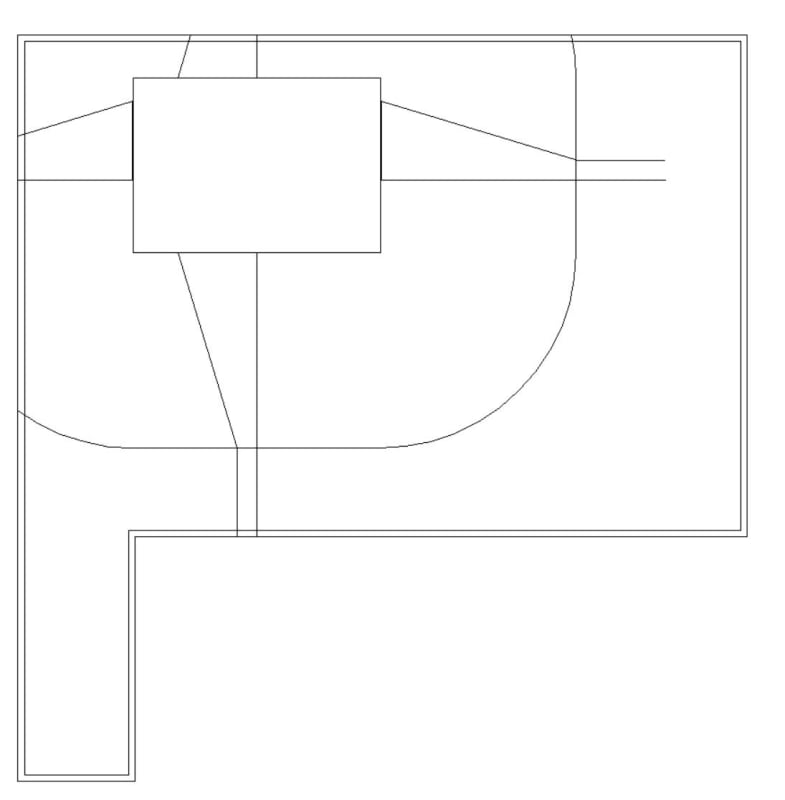STRUKT
Structural
- Sep 5, 2022
- 15
Hi Everyone,
We've been working on a project in which we have to take into heavy snow loads. The issue that we have in hands is how should we define the snow drift for the given situation? (please check picture)
As far as we get the snow drift recommendations from the standards take as main reference a 2D scheme between the roofs. Here we have a 3D scheme in which the highest roof has the small footprint in plan view. Should we consider both directions independently? Should we set a distribution between the 2 directions using 45 degree lines from the corners of the highest roof? What are your thoughts about this?
Thank you,
STRUKT
We've been working on a project in which we have to take into heavy snow loads. The issue that we have in hands is how should we define the snow drift for the given situation? (please check picture)
As far as we get the snow drift recommendations from the standards take as main reference a 2D scheme between the roofs. Here we have a 3D scheme in which the highest roof has the small footprint in plan view. Should we consider both directions independently? Should we set a distribution between the 2 directions using 45 degree lines from the corners of the highest roof? What are your thoughts about this?
Thank you,
STRUKT

